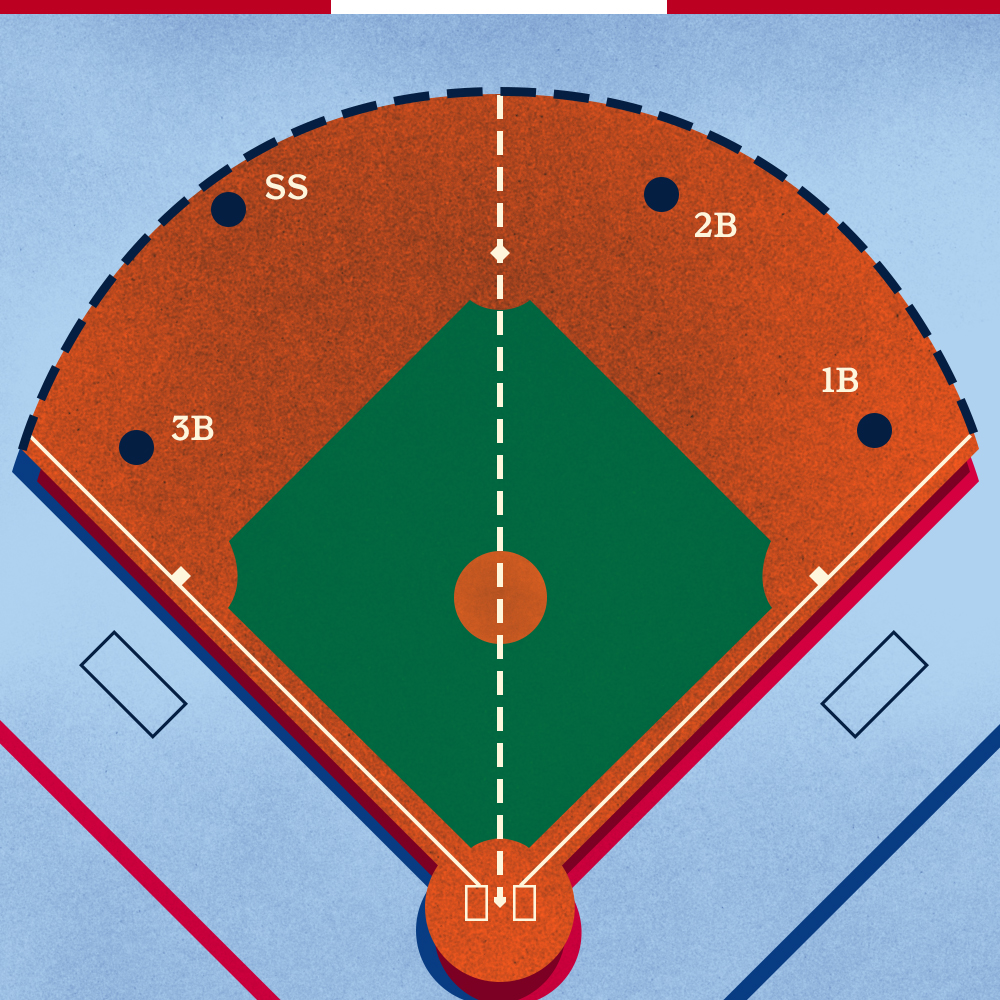I mentioned in my last post on knowledge-work productivity that understanding how to manage motivation to do specific tasks will result in overall higher productivity. As someone who has thought about this (and experimented with approaches) for years, here are some of my thoughts:
- Set up Spaces Focused on Improving Motivation: This is a general idea to increase your productivity overall. It also includes the notion from my last entry on investing in quality tools. I’ve learned that it is not smart to skimp on the cost of tools (computers, notebooks, monitors, other work infrastructure) that are higher quality and are likely to give you joy to work with. Obviously, one can’t always have the best of everything, but if there are key, strategic tools that you work with, my experience is it is smart to spend the extra $50 or 100 bucks. Especially for a tool you may spend years working with. Key examples of this are 1) my mechanical keyboard – typing on this keyboard is satisfying in some weird way and I find that I’m unhappy working without it. 2) My noise cancelling Sony wireless headphones – What a lucky thing that I spent the money (they’re not cheap) right before COVID to buy these things… I originally had intended them for use on flights, but of course, COVID ended that idea and it morphed into use during Zoom calls. Was an absolute lifesaver for remote work and I was constantly grateful for them.
- In addition to quality tools, though, envisioning how your whole workspace could be “architected” to draw you in to work more effectively is time well spent. Things like KVM switches or USB hubs that allow the switching between computers are important for me, because they allow the quick, painless switching between a work computer and one or two personal computers. If you have a powerful personal computer (I use a Macbook Air and a powerful Linux workstation with big GPU’s) or two that are better for use with certain kinds of tasks, then the ability to switch common resources like the big monitors, mechanical keyboard, wireless mouse, or upgraded camera between them makes switching a breeze.
- Obviously things like a good chair and desk are important. Some people revel in their standing desks because it allows them to work in completely different contexts. I also like my office decorations (lots of tall ships and John Wayne paintings) because they make me happy to be in the office, which can improve my motivation to work.
- Track your Work: I think we all feel motivated when we make visible and measurable progress on a task. This, to me, is the chief value of a tracking schedule. I like checking off the boxes on a task! An example beyond the tracking schedule is the word count trackers that I use when I’m working on a book. I always have a daily goal to write some manageable number of words (usually like 100 or so) in the hope that I actually sit down, get in the zone, and crank out thousands of words. Knowing the value of visibility of work, I add to this a tracker where I have two columns, date and cumulative word count. I then do a simple line plot that shows the slope of my writing accomplishments. Some days, I write more and then get to see a steep slope of word count output for the day or week. This motivates me to keep it going! I refer to the word count tracker as a commitment device, but I also think of my IOS “Streaks” app (well worth the $3 or so on the app store) is also a commitment device that also helps build habits. And building habits gets us in that seat to do that writing (or gets us to the gym to lift, or reminds us to floss every day).
- Manage an Overall Work List: I have found that having a quite varied list of things that need to be accomplished helps with the times when I just don’t feel like doing anything. I’ve learned that when I feel this way, that I can almost always find something on the overall work list to do. If I’m feeling more like refinishing a piece of furniture than building the AI classifier for the dataset I’ve been looking at, I am able to work without any sense of guilt on the furniture. My experience is that there will come a moment when I’m very motivated to explore that dataset and if I ride the wave of that motivation, I’ll do the work much more efficiently.
- Know When You Work Well on Types of Tasks: I know that in the early morning, I’m much, much better at tasks that require creativity and challenge my thinking. Conversely, right around 2 PM after I’ve eaten lunch is NOT a good time for these tasks. I have found that 2 PM is better for walking around and doing gardening tasks or working on other more physical kinds of chores. Don’t fight these kinds of patterns!
- Celebrate Completed Work: I have a strong bias to finishing tasks that I’m working on instead of just pushing them forward a few steps. I think this allows one to be much more productive. So to support this, I celebrate completions. Perhaps finishing a major task means that I drive to Dairy Queen for a sundae. Or maybe it just earns me a short nap (I’m a big fan of the 13 minute nap for rejuvenation). The act of celebrating a completion is important and helps you build enthusiasm for the next task.
- Work to Identify how to fit your Motivation into an Employer’s Goals: OK, sometimes your employer doesn’t have the intimate knowledge of your motivation cycles and just wants you to work 9 hours straight on the most important tasks. If anyone is able to do this day after day, I’d love to know about you! Your employer isn’t really able to measure your productivity and assumes that measuring your hours-worked (and maybe how late you stay at the office) is the best proxy for productivity. Of course this is completely false. Any employer who cares at all about quality and productivity SHOULD be focused on tapping their employees’ best hours for the jobs. So many mistakes have been made by employees who were burned out, mentally exhausted, and working on activities they are far over-qualified for. Since the employer can’t manage this, somehow the employee needs to focus hard on maximizing their productivity through working tasks when they are most fit (and motivated) to work them. There is probably a whole lot more to be said about this, and possibly some of it would be controversial. I heard the quote once, “good employees do exactly what their employer tells them to do. Great employees conspire to make their employer astonishingly successful.” This is interesting to consider, especially in light of managing your motivation cycles.






























